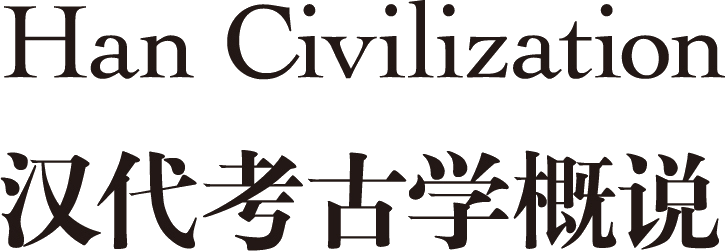





In the beginning of 1979, soon after China and the U.S. established diplomatic relations, five scholars from the Chinese Academy of Social Sciences (CASS) were invited to visit and lecture in the U.S. This was done as a part of an agreement between the China Association for Science and Technology and the Committee on Scholarly Communication with China(CSCC). The five people invited were Sun Yefang and Xu Dixin from the Institute of Economics, Xia Nai and Wang Zhongshu from the Institute of Archaeology, and Luo Ergang from the Institute of Modern History. After some deliberations, CASS sent only Xu Dixin and Wang Zhongshu from their respective institutions. Luo was unable to go due to health reasons.
Although the host institute in the U.S. was CSCC, the person directly responsible for receiving my team was Professor Kwang-Chih Chang of Harvard University. We agreed that I would stay three months in the U.S., spending more than one month at Harvard University in Cambridge, Mass., and then stay at University of Washington in Seattle and University of California at Berkeley for four weeks each. During the trip, aside from sightseeing and research, I would devote most of my energy to lecturing about Chinese archaeology of the Han period at these three universities.
In preparation, beginning in April 1979, I started writing my lecture manuscripts. I chose nine topics for the lectures. They were: "Chang'an: The Capital City of Western Han," "Luoyang: The Capital City of Eastern Han," "Han Dynasty Agriculture," "Lacquerware," "Bronzes," "Iron Implements," "Ceramics," "Tombs—I," and "Tombs—II." Two months before I left for the U.S. in early October of that year, I had finished all lecture preparations (including making hundreds of projector slides), and sent the materials to Professor Chang. He invited Sinologists in the U.S. to translate "Luoyang," "Han Dynasty Agriculture," "Lacquerware," "Bronzes,""Iron Implements," and "Ceramics" into English. He himself took on the translation of "Chang'an," "Tombs—I" and "Tombs—II." When I was in the U.S., besides lecturing all the nine topics at the three universities mentioned above, I also delivered speeches "Luoyang" at Columbia University and University of California at Los Angeles, and "Tombs—I, II"at the United States National Academy of Sciences and Stanford University.
In the 1960s and 1970s, it was popular for Western scholars in countries like the U.S. and U.K. to publish papers regarding the origin of civilizations. Professor Chang recognized this boom in international academia, and initiated the publication of a series of books on early Chinese civilization. This was a collective effort to popularize the study of ancient China. Chang himself wrote Shang Civilization , while professor Cho-yun Hsü at the University of Pittsburgh co-authored Western Chou Civilization . Later, Li Xueqin at the Institute of History of CASS published Eastern Zhou and Qin Civilizations . The series of the nine lectures was compiled by Chang into a book entitled "Han Civilization," and published in 1982 by Yale University Press. Chang himself contributed the foreword, and Yu Ying-shih of Yale University revised the manuscript.
Xia Nai, who had been in charge of the Institute of Archaeology of CASS for long, was my mentor in my youth. After seeing my lecture manuscripts translated and published in the U.S., he suggested that the original text should also be organized into a book and published in China. I did as he suggested, and brought the nine lectures together to produce the Chinese edition, whose name literally means "A Brief Examination of Han Dynasty Archaeology." This book was published by the Zhonghua Book Company in Beijing in 1984.
By coincidence, Professor Xia was also invited to visit the U.S. in 1981, and gave lectures on "Jade and Silk of Han China." His lecture manuscripts were translated into English and published in book form in the U.S. Some American scholars thought that Han Civilization and Professor Xia's book were coherent in content, calling them "sister works."I find this comparison a great honor, and feel very happy.
Now, Foreign Language Teaching and Research Press plans to include both Professor Xia's Jade and Silk of Han China and my Han Civilization in the "Bilingual Series of Liberal Arts Masterpieces," so I take this occasion to write this foreword, explaining how these books came into being. I hope readers would like them.
Wang Zhongshu
February 25, 2013
(Translated by Qi Chen at Columbia University)